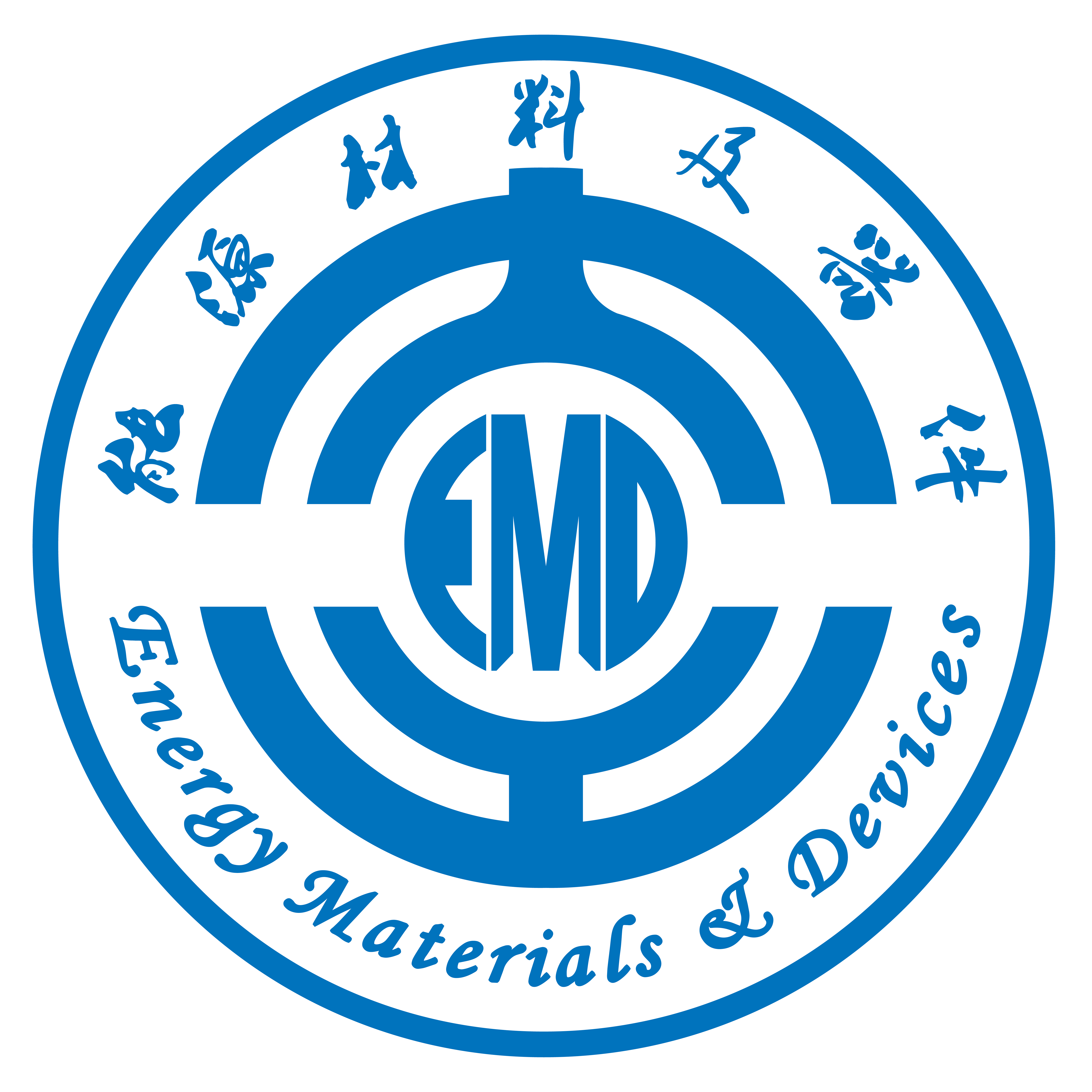Abstract: Doping engineering is an effective modification strategy to enhance the electrochemical performance of electrode materials. In this paper, the impacts of heteroatom doping in monolayer titanium disulfide (TiS2) by substituting the S atom with the heteroatoms (B, C, N, O, F, and P) on the adsorption and diffusion capabilities of alkali metals (Li, Na, and K) have been systematically investigated using first-principles calculations to evaluate the material performance for application in alkali metal-ion batteries. The doping of most heteroatoms can promote the adsorption capability of alkali metal atoms on monolayer TiS2 as their adsorption energies decrease compared with the pristine system, particularly for p-type doping with C, N, and P. The diffusion energy barriers decrease when alkali metals approach the doping site of most heteroatom-doped TiS2, and the barriers near the doping site are extremely small (0.00–0.08 eV), whereas they slightly increase as alkali metals move away from the doping site. P doping has the lowest overall diffusion energy barrier for each metal. Thus, monolayer TiS2 with heteroatom doping, especially P doping, can be used as a potential anode material for alkali metal-ion batteries. This study can help comprehend the impacts of heteroatom doping and design high-performance electrode materials for rechargeable batteries.
https://doi.org/10.1039/D1DT00490E

